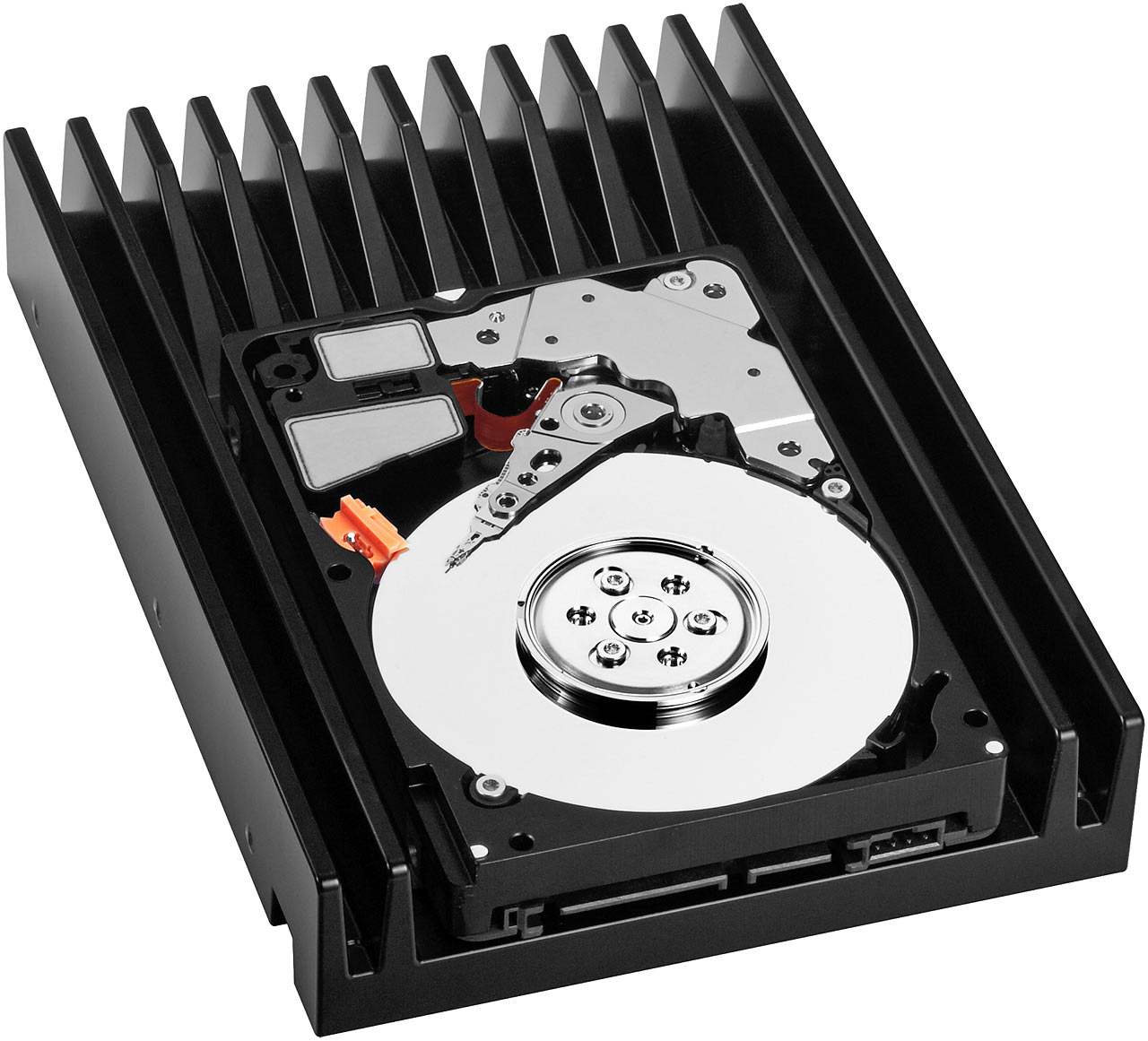Can Bargain SSDs Give Windows A Quantum Performance Leap?
Conclusion
Well, I don’t know about you, but I know what I’m doing on New Year’s Day: plugging a new SSD boot drive into my molasses-slow system. The thing I don’t know yet is which one. See, my current C: volume is comprised of little more than Windows 7 and a raft of application. All data goes on a different drive. Yet my C: image currently sits at just shy of 200GB. There’s no way I could recreate my current image on a top-end SSD for under $500, especially not with leaving room for growth and that 20% capacity margin for write performance.
If you’re in the same boat, we have some soul searching to do. Chances are you’re not going to get all of your apps into your boot drive. Instead, you’ll need to prioritize apps based on frequency of use and load demand. If you use something like MS Office constantly, that probably belongs on the SSD. Ditto for iTunes or your other everyday media apps.
But I’ve got secondary photo editing apps, dictation software, stock chart garbage, rarely visited ripping tools, and on and on that could probably be relegated to a secondary hard drive. No doubt, you have a similar situation.
Also consider which apps are more write-intensive. If you’re on a budget but still want to, say, do a lot of video editing or encoding, then something like the VelociRaptor may make more sense than a low-end SSD, particularly after figuring in capacities. Yet if it’s boot times and application loads you’re after and funds are low, it’s a no-brainer: buy the entry-level SSD. If funds aren’t low, don’t pass Go and proceed straight to the Intel G2.
Given these findings, I can’t imagine ever again having a hard disk-based boot drive. With prices now affordable and even the lowest-performing drives trouncing HDDs in the functions many people value so highly, it’s hard to visualize anything besides a dual-drive hybrid approach going forward.
Get Tom's Hardware's best news and in-depth reviews, straight to your inbox.
-
timbo Dual drive ftw. It especially gives me an important advantage in loading mp maps faster: every second counts in getting to advantageous spots first; it can & does change the outcome of who wins.Reply -
I love how they neglect to include Linux, Unix and Mac. I guess that makes us just less important. By the way I'm pretty sure a SSD would make Ubuntu pretty snappy as well.Reply
-
zebow2002 Linux, Unix and Mac have a combined market share of 30%, wich makes them less important. Great article, can't wait for my Intel G2.Reply -
johnbilicki Two 64GB SSD's in RAID0 is more then enough for most users when a second RAID or bare drive is presumed. The main issue is still the cost per GB at $2-2.5 a GB I'm not knocking any one over even if it halves my boot and application time.Reply
Also in general please stop making socket 1156 like it's the best thing in town because Intel has made it clear that it's a mainstream socket and they will not be getting more then four cores ever; I am only saying this since as an upgrader I hate to see other people presume socket 1156 has a good upgrade path which it doesn't unless Intel changes it's mind and the last time I checked the upgrader's best friend is AMD (good motherboards/chipsets for under $400, unlocked multipliers for under a grand, unlocked cores, etc). -
xrodney I am using now 128GB patriot torx SSD as boot drive (only OS and few apps there leaving half drive not used) and rest apps and media having on 1.5TB 7200rpm drive.Reply
I was really thinking for 3-4 months before jumping on SSD but glad I did. Just 13 min to fully install W7, 15-18 seconds to desktop, 5-8 seconds to shutdown (5 no app running, 8 with loads of them started) and apps starting 3-8 times faster then with regular hdd.
Same as author 1st time booting to OS on SSD almost fell of chair as I was expecting to be it faster but not that much (3.5min boot time before) -
haplo602 wow ... I ma living on an ancient 40GB PATA drive at home. windows and linux and data. I really do not get how your boot drive can be 200GB of application only.Reply
a nice 64GB SSD drive would be just fine for all my needs.
one remark, can you include fakeraid (mobo implemented raid) raid1 configuration tests ? -
xrodney haplo602wow ... I ma living on an ancient 40GB PATA drive at home. windows and linux and data. I really do not get how your boot drive can be 200GB of application only.a nice 64GB SSD drive would be just fine for all my needs.one remark, can you include fakeraid (mobo implemented raid) raid1 configuration tests ?Its not that hard windows 7 64bit alone take like 15GB add hybernation file few apps and you are way over 40GB, some apps or games can have even more then 10GB (AoC have 30GB+).Reply -
Otus Looks like I might need to get a small SSD soon. Since my Ubuntu root (OS+apps) partition has just 4GB of data, I should be more than OK with a 64GB drive. Unfortunately stuffing Windows in there would be almost impossible.Reply -
xrodney SnarkI get the boot drive on desktop angle... but what about laptop installations?On laptop you should even see more performance boost as 2.5" drives they use are usually considerably slower then on desktop. Also you would get rid of possibility damaging disk when dropping your notebook as SSDs have no moving parts.Reply
